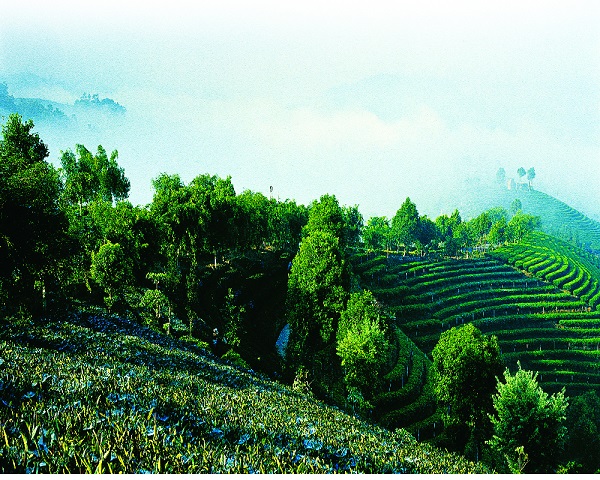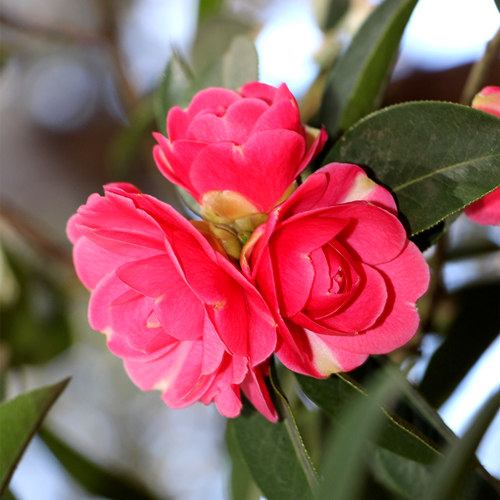
Detailed Introduction to Mile City of Honghe Prefecture
Overview
Mile City (弥勒市), under the jurisdiction of Honghe Hani and Yi Autonomous Prefecture, is a county-level city in southeastern Yunnan Province. Known for its hot springs, Buddhist culture, wine industry, and ethnic diversity, Mile is rapidly emerging as a center for tourism, wellness, and ecological development. The name "Mile" is also the Chinese transliteration for Maitreya, the future Buddha, giving the city spiritual and cultural significance.
Geography and Climate
Mile is located on the Yunnan-Guizhou Plateau, with a landscape of rolling hills, red soil, and karst formations. It is an important stop along the Kunming–Hekou corridor and part of Yunnan's southern gateway.
Elevation: ~1,450 meters above sea level
Climate: Subtropical plateau monsoon climate
Average Annual Temperature: ~19°C (66°F)
Sunshine: Over 2,000 hours per year
Natural Resources: Geothermal water, red earth, limestone, vineyards
Its mild climate, scenic terrain, and ample sunlight make it ideal for agriculture and tourism.
Historical Background
Mile has a long history as a crossroads for trade and ethnic migration. In recent decades, it has transformed from a primarily agricultural county into one of the most dynamic and fast-growing cities in Honghe Prefecture.
Historically part of the Ancient Southern Silk Road
Modern development accelerated after becoming a county-level city in 2010
Economic Profile
Mile’s economy is increasingly diversified, based on tourism, viticulture (wine industry), modern agriculture, manufacturing, and hot spring wellness resorts.
Key Industries:
Wine and grape production – Part of the “Yunnan Wine Corridor”
Hot spring resorts and tourism services
Greenhouse agriculture, vegetables, flowers
Stone carving and red soil ceramic arts
Solar energy and eco-manufacturing
Development Zones:
Mile Economic Development Zone
Mile Hot Spring Tourism Resort Zone
Cultural and Ethnic Diversity
Mile is home to several ethnic groups, including Yi, Hani, Miao, Hui, and Han. These communities maintain vibrant traditions in music, dance, costume, food, and festivals.
Major Ethnic Festivals:
Torch Festival (Yi)
Third Month Fair (Hani and Miao)
Islamic celebrations (Hui communities)
Key Attractions
Dongfengyun Art Town (东风韵小镇)
A visually stunning art complex featuring red-brick architecture, art installations, vineyards, and creative spaces. It blends architecture, wine, and tourism into a unique cultural experience.
Huquan Ecological Park (湖泉生态园)
A massive park with hot spring resorts, water shows, gardens, and family-friendly facilities, serving as a wellness and recreation center.
Maitreya Giant Buddha (弥勒大佛)
A monumental Buddha statue and spiritual park symbolizing the city’s namesake. A site of both religious pilgrimage and cultural tourism.
Yunnan Red Wine Culture Center (云南红酒文化城)
A large winery offering tours, tastings, and education about Yunnan’s growing wine industry.
Meihua Mountain (梅花山) and Sakura Valley
Known for plum blossoms and cherry blossoms, ideal for seasonal flower tourism.
Mile Hot Springs
Mile is rich in natural hot springs, many of which have been developed into resorts combining spa, wellness, and traditional Chinese medicine.
Tourism Highlights
“One city, three zones” tourism strategy:
Ecological tourism in rural hills and flower valleys
Wellness tourism based on hot springs and spa culture
Cultural tourism centered on Dongfengyun, Maitreya Buddha, and wine tasting
Rural Revitalization + Tourism: Development of ethnic villages and countryside homestays
Transportation
Mile enjoys excellent connectivity due to its location on key transport corridors.
Highways: G80 Kunming–Hekou Expressway
High-speed Rail: Mile Station on the Yuxi–Mengzi–Hekou Railway, connecting to Kunming in under 1 hour
Nearby Airports: Kunming Changshui International Airport (~1.5 hours away by car or rail)
Education and Public Services
Mile is investing in modern education infrastructure, including:
Public schools and vocational training centers
Health facilities integrated with wellness tourism
Community services focused on ecological living
Environmental Sustainability
Mile is part of national and provincial efforts to promote “green development”, with initiatives in:
Clean energy (solar



